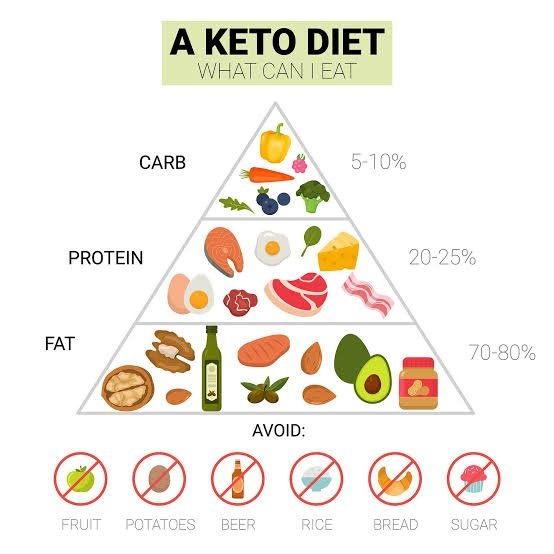
A healthy diet is essential for maintaining overall health and well-being. It provides the body some necessary nutrients, including proteins, carbohydrates, and fats, vitamins and minerals, and adequate fiber and water
Diet according to different Age Groups having different taste style like new born babies, youngsters and the old ones.
Diet for Children
Ensuring that children receive a balanced and nutritious diet is crucial for their growth, development, and overall health. Here is a detailed guide on what constitutes a healthy diet for a child, based on various authoritative source
Balanced diet for a child is mandatory like some fresh fruits, vegetables, grains, Protein, Dairy

. Fruits and Vegetables
- Recommendation: Aim for at least five servings of fruits and vegetables per day.
- Benefits: Rich in vitamins, minerals, and fiber, which are essential for immune function, digestion, and overall health.
- Tips: Include a variety of colors and types to ensure a broad range of nutrients. Fresh, frozen, and canned (without added sugars or salts) are all good options.
2. Grains
- Recommendation: At least half of the grains consumed should be whole grains.
- Benefits: Whole grains provide essential nutrients such as fiber, B vitamins, and minerals.
- Examples: Whole wheat bread, brown rice, oatmeal, and whole-grain cereals.
3. Protein
- Recommendation: Include a variety of protein sources in the diet.
- Benefits: Protein is vital for growth, muscle development, and immune function.
- Sources: Lean meats, poultry, fish, eggs, beans, peas, nuts, and seeds. Limit red meat and avoid processed meats.
Diet for Middle Age

Middle age, defined as the period between 31 and 50 years old, is a critical stage of life where nutrition plays a vital role in maintaining overall health and preventing chronic diseases. A well-planned diet can help middle-aged adults manage their weight, reduce the risk of chronic diseases, and promote overall well-being.
Micronutrient Requirements
Middle-aged adults require adequate micronutrients, including vitamins and minerals, to maintain optimal health. Key vitamins and minerals include:
- Magnesium: 420 milligrams per day for men and 320 milligrams per day for women
- Folate: essential for preventing elevation of homocysteine, a byproduct of metabolism that can damage arterial walls and lead to atherosclerosis
- Vitamins B6 and B12: crucial for preventing elevation of homocysteine and maintaining healthy nerve function
- Omega-3 fatty acids: essential for preventing coronary artery disease and promoting heart healty
Healthy Eating Patterns
A healthy eating pattern for middle-aged adults should include a variety of foods from all food groups. The Australian Dietary Guidelines recommend the following daily intake:
- 2-3 servings of lean meats and poultry
- 2-3 servings of fish and seafood
- 4-5 servings of vegetables
- 2-3 servings of fruits
- 4-6 servings of whole grains
- 2-3 servings of dairy products and alternatives
Special Considerations
Middle-aged adults should be aware of the following special considerations:
- Hormone changes: changes in testosterone and estrogen levels can affect nutrition needs and increase the risk of chronic diseases
- Muscle mass loss: consuming enough protein is essential to prevent muscle mass loss and maintain overall health
- Bone health: adequate calcium and vitamin D intake is crucial for maintaining bone health and preventing osteoporosis
Practical Strategies
Practical strategies for supporting health during middle age include:
- Eating a wide variety of foods from all food groups
- Increasing physical activity to promote weight management and overall health
- Limiting high kilojoule drinks and foods
- Drinking enough fluids to stay hydrated
- Avoiding excessive alcohol consumption
Diet for Old Age
As people age, their nutritional needs change. A well-planned diet can help older adults maintain their physical and mental health, prevent chronic diseases, and promote overall well-being. Mainly for the needy people with less nutritions.

Healthy Eating Patterns
A healthy eating pattern for older adults should include:
- 5 servings of fruits and vegetables per day
- 3-5 servings of whole grains per day
- 2-3 servings of lean protein per day
- 2-3 servings of dairy products per day
- Limiting intake of saturated fats, added sugars, and salt
Special Considerations
Older adults should be aware of the following special considerations:
- Dehydration: drink at least 1.5L of water per day
- Malnutrition: eat regular meals and snacks to prevent weight loss
- Food safety: handle and store food safely to prevent foodborne illness
- Medication interactions: consult with a healthcare professional about potential interactions between medications and food
Practical Strategies
Practical strategies for supporting healthy eating in older adults include:
- Eating smaller, more frequent meals
- Using assistive devices, such as utensils with large handles, to make eating easier
- Cooking with others, such as family members or friends, to make mealtime more enjoyable
- Seeking support from a registered dietitian or other healthcare professional to develop a personalized nutrition plan
